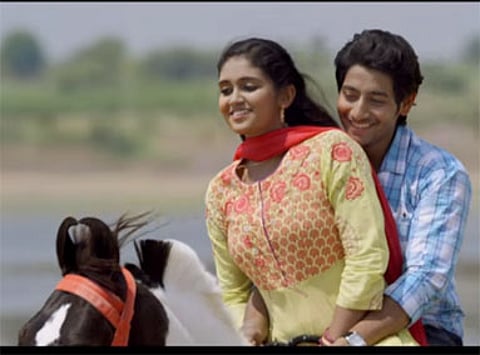At a time when caste consciousness is seeing an unprecedented resurgence, Director Nagraj Manjule's Sairat uses the typical narrative framework of 'star-crossed lovers' to deconstruct the inhumanity of caste and the misogyny that prompts 'honour' killings. Yet amidst all the acknowledgement of the film's take on caste and gender and praise for the way Sairat depicts it, there are some questions about these representations that emerge.
But first, a story I heard while discussing the status of Maratha women within their community: A few years ago, a journalist had called up a Maratha politician, whose wife had been elected as the Zilla Parishad Adhyaksh, to get her photograph for his newspaper. The man replied: "Ab kya hamari auraton ka photo paper me aana baki reh gaya hai?"(Is this what it has come to now? Our women's photos coming out in the paper really is the last straw.) It is said that this woman was represented by her husband everywhere and never allowed to venture out in public – not even for the election campaign. In newspapers, when the photographs of various politicians were printed, there was always a blank box in place of her face, with just her name underneath it – a clear indication of the oppressed status of women within orthodox Hindu communities.

